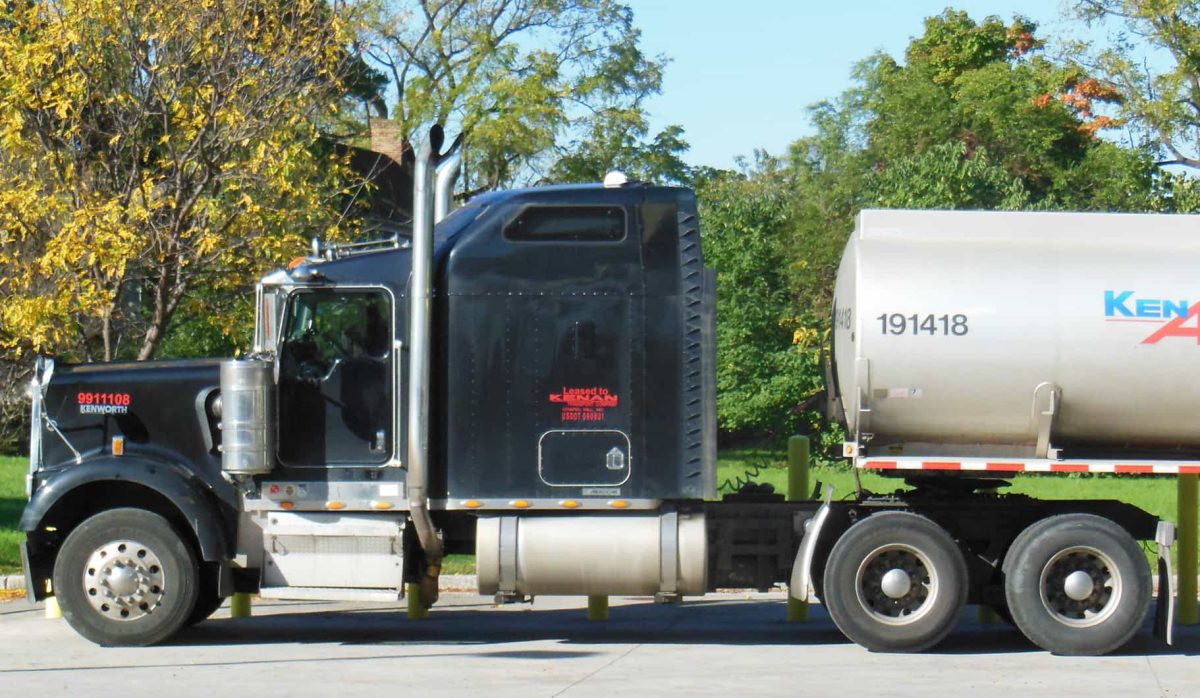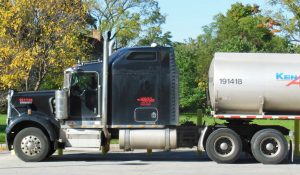
Are you looking for ways to increase productivity and reduce expenses in your warehouse? Cost-effective warehouse equipment is one solution. Reducing product loss also improves customer service and profitability.
A certain amount of loss from damaged product is unavoidable, but you can proactively manage the primary causes of waste. Here are five expert tips to significantly reduce inventory loss.
1. Commit to Employee Training
Your warehouse workers are on the front line of operations, and they can be your most effective warriors against inventory loss. Damages frequently occur when employees don’t operate warehouse equipment properly. Make training a part of the onboarding process and conduct periodic reviews to find areas that need improvement.
2. Analyze Warehouse Operations
Successful companies in all industries embrace the practice of continuous improvement of process, or CIP. Develop a plan of reviewing order picking, packaging and other warehouse processes with an eye for improving efficiency.
3. Invest in Quality Material Handling Equipment
Purchase price and maintenance costs of material handling equipment are important but they shouldn’t be the main consideration. Inexpensive equipment that breaks down or doesn’t work correctly ends up being far more expensive than high-quality equipment that’s efficient and durable.
4. Cut Down on Manual Touch Points
The more often workers touch products, the greater the chance of damage. Maximize the use of material handling equipment to limit instances of operator error.
5. Move Forward
No matter how much you learn about reduction of inventory loss, none of it means anything unless you put it into action. Create a workable plan and follow through on it.
First-Class Warehouse Equipment for All Applications
Take the first step toward reducing inventory damage with warehouse equipment from DJ Products. Contact us to learn more.












